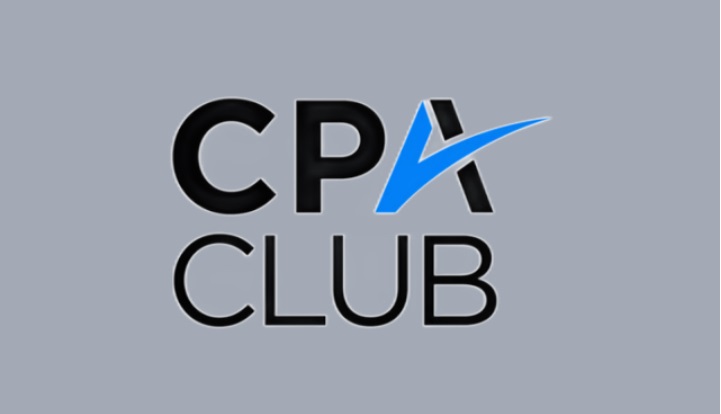Many firms struggle with their social media strategy and execution. This manifests in several ways, including lack of engaging content, a muddled social media workflow and inconsistent scheduling. But the results are much more concerning: confusion in the marketplace, unnecessary spending, stagnate organic growth and loss of revenue.
If you are tired of wasting time and money on social media tools and creating content that doesn’t help your firm meet its growth goals, it is essential to get strategic about social media. As you plan your marketing strategies and content calendar for the year ahead, here are the five core components of a firm’s social media strategy.
1. Messaging
Ultimately, the end goal of any business being on social media is to convince clients and prospects to take action. And people only take action after they read (or hear) words that make them want to take action.
People are bombarded with messages every day. Commercials, print advertisements, social media posts, news — all of it competes for a limited resource: a person’s attention. Our brains can’t possibly take in all of the messages we encounter daily. So to survive, thrive and conserve calories, our brains learn to tune many of those messages out.
While a deep dive into strategies for clarifying your message is beyond the scope of this article, I recommend you read Building a Story Brand by Donald Miller. It will help you clarify your firm’s message so you can break through that barrier and get people to listen.
2. Content
What types of content will you share? Many accounting firms have a blog, but blog posts are just one type of content you can share on social media. Consider the following, listed from lowest effort (which you can share often) to high effort (which you’ll share rarely):
- Social media posts and content curated from other publications
- Short-form blog posts and content from outside contributors
- Infographics
- Long-form blog posts, presentations and podcasts
- Primary and secondary research and thought leadership, including books, eBooks and white papers
Creating high-quality, customized content is time-consuming if you want to create it all in-house. But there are several resources for outsourcing content creation, including Upwork, Freelancer, Fiverr and Hubstaff Talent.
3. Channels
Which social media channels do you want to create content for? Whether you want to engage on Facebook, LinkedIn, Instagram, TikTok, YouTube or any new social media platform that pops up, it’s important to have a strategy for that platform because each has unique rules of engagement.
We generally recommend:
- Facebook for brand awareness and culture
- LinkedIn for professional connections and acquisitions
If you want to expand past those two core channels, Instagram is excellent for brand awareness and culture. YouTube is perfect for sharing educational content and building your search engine optimization (SEO) strength.
4. Tools
Creating and posting social media content to each platform in real time is not a good use of your time. Fortunately, several tools can help you batch social media creation and scheduling. Some ideas include HubSpot, SemRush, Clear View Social and Hootsuite, but there are many more out there depending on your personal preferences and budget.
When evaluating social media tools, it’s easy to get carried away by a tool’s user interface and features. Before you know it, you’ve paid for a year of service only to realize it doesn’t offer the full functionality you need.
To avoid falling into that trap, we recommend taking a systematic approach to evaluating the problem you’re looking to solve and the success criteria of any solution you consider. Download our free Solution Evaluator Worksheet for a template to walk you through the process.
5. Schedule
A content calendar serves as a framework for your firm’s plans to share and promote across your social media channels. When you create a well-thought-out and organized social media schedule, you can define content themes and post in a cadence that matches each platform’s audience and objectives.
Hubspot has an excellent Social Media Content Calendar template to get you started. When scheduling content, keep the following best practices in mind:
- Create a monthly content focus and social media goals
- Divide your content into categories (see the five types of content mentioned in step 2)
- Leverage the same content using different approaches, depending on the channel
- Plan for the year’s national and global holidays and schedule content around them
- Know the status of scheduled posts
There are many tactics you can test for your firm’s social media strategy within each of these five categories. But as long as your strategy addresses these five areas, you have a strong foundation upon which to build.
Remember, your social media strategy isn’t written in stone. As you move forward, you may notice that certain messages, content types, social media channels or posting times work better than others. At that point, you can introduce changes to your overall strategy to focus on where you’re seeing the best results. Once you start focusing your strategy and continually improving your processes, your social media can start delivering results for years to come.
Thanks for reading CPA Practice Advisor!
Subscribe Already registered? Log In
Need more information? Read the FAQs
Tags: Firm Management, Marketing, Technology

![Jon-Hubbard[1]](https://www.cpapracticeadvisor.com/wp-content/uploads/2022/04/Jon_Hubbard_1_.5f3bedb329ec8.jpg)



